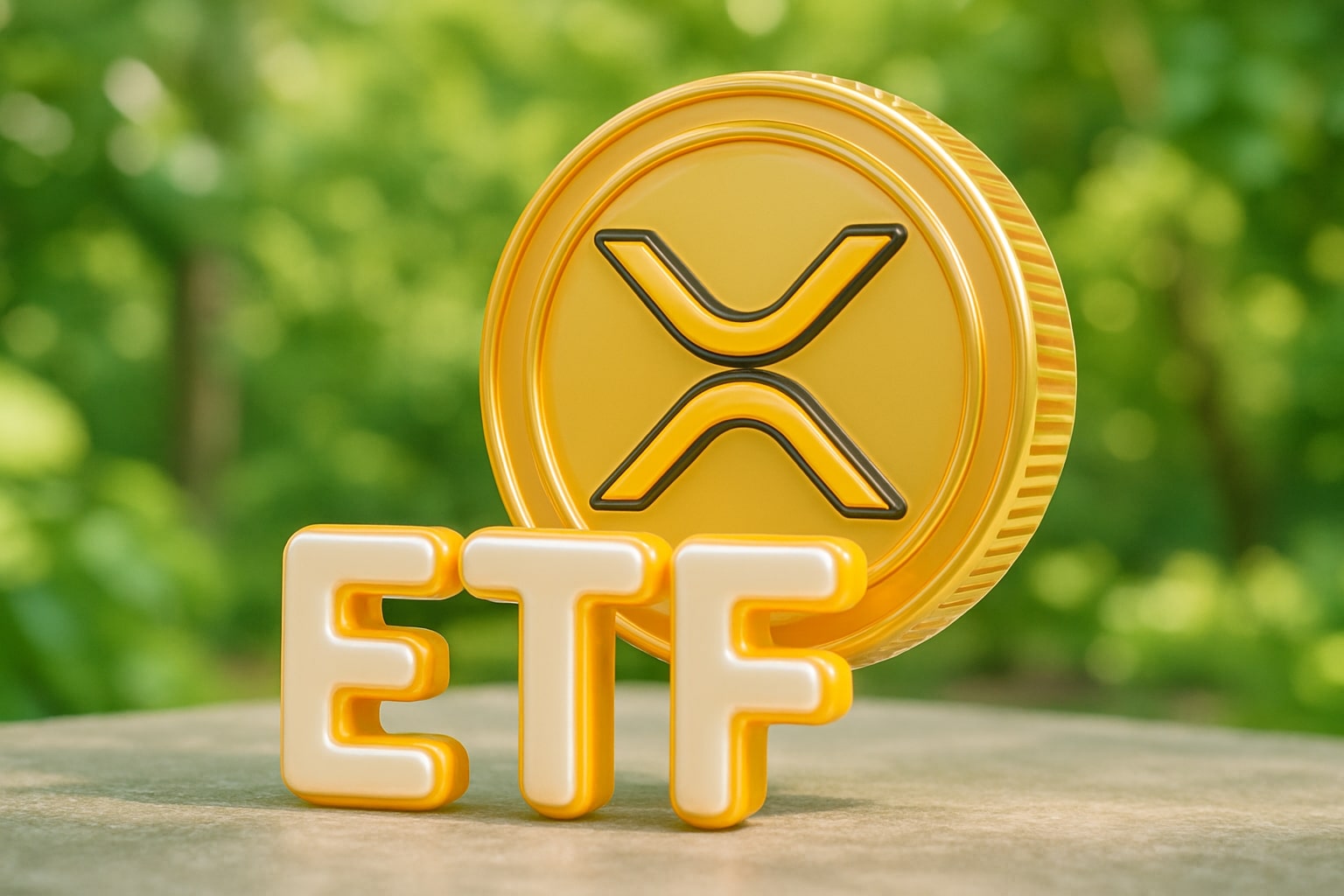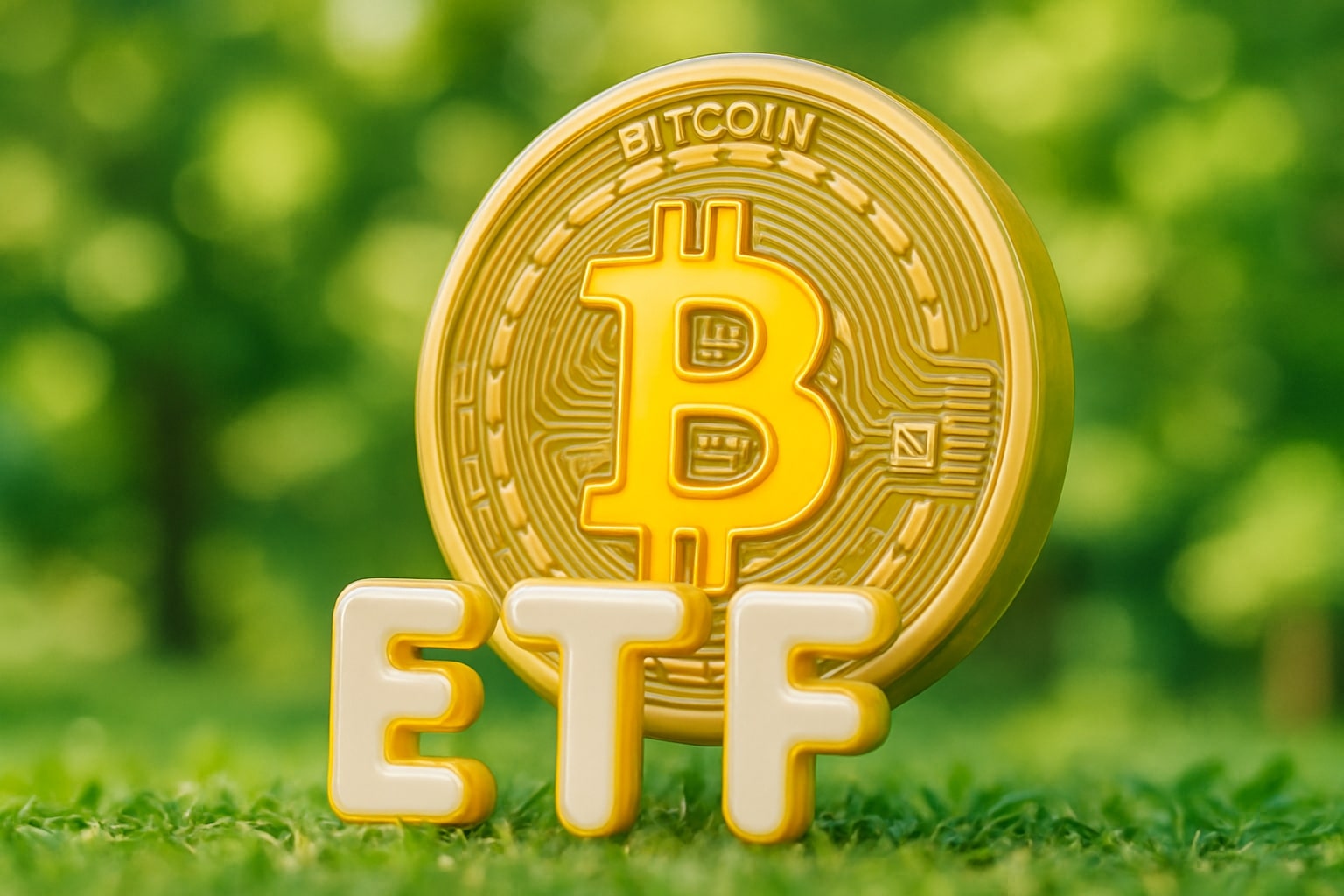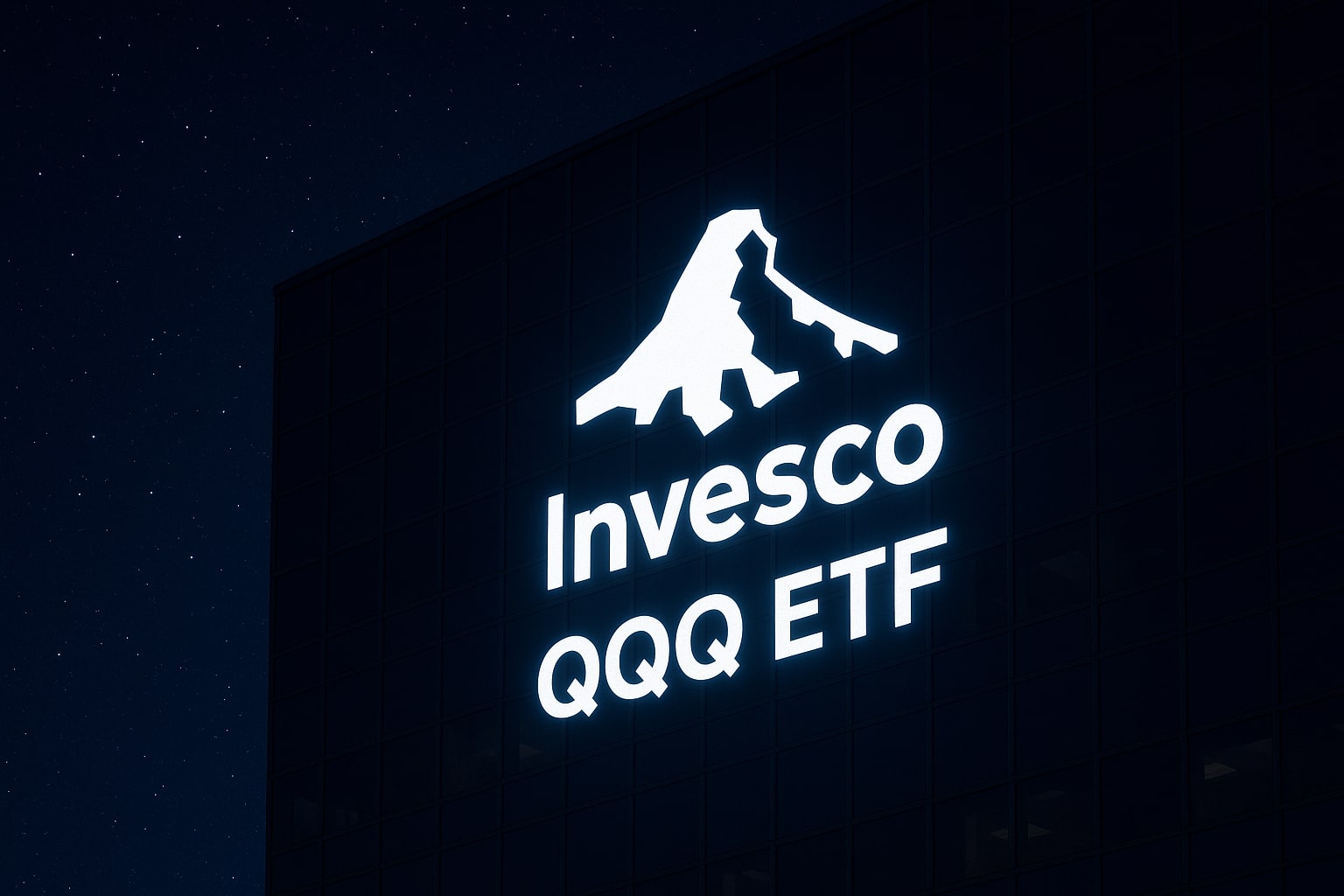Bitcoin ETFs Shaping the Institutional Landscape
Bitcoin ETFs have emerged as a critical gateway for institutional investors seeking exposure to Bitcoin (BTC-USD). Among the most noteworthy is BlackRock’s iShares Bitcoin Trust (IBIT), which, in 2025, has seen an exceptional surge in investor interest. As of early May, IBIT has amassed over $6.9 billion in year-to-date inflows, surpassing SPDR Gold Shares (GLD), which pulled in $6.5 billion despite a 23% surge in gold’s returns. This shift marks a significant moment in the evolution of cryptocurrency as a legitimate asset class for institutional portfolios.
The performance of IBIT is not merely coincidental. During this period, Bitcoin’s market appeal has soared, backed by both strong on-chain metrics and high institutional demand. The Bitcoin ETF has become one of the most prominent methods for traditional investors to gain regulated exposure to the cryptocurrency market. The demand is indicative of a growing institutional embrace of BTC-USD, reinforcing the narrative that Bitcoin is now seen as a strategic portfolio asset, comparable to assets like gold.
BlackRock’s dominance in the Bitcoin ETF space has been reinforced by its ability to attract an overwhelming share of the market’s capital. As of May 2025, IBIT has seen 15 consecutive days of inflows, raising a cumulative $4.5 billion. To put this into perspective, this is an astonishing demonstration of institutional confidence in Bitcoin, even amid ongoing market volatility. The growing capital inflows are poised to push IBIT’s total assets under management (AUM) to an impressive $58.68 billion, making it the largest Bitcoin ETF on the market today.
Bitcoin vs Gold ETF: A Strong Showing in the Market
Bitcoin ETFs like IBIT have proven to be formidable competitors against more traditional investment vehicles, including gold-backed ETFs. For comparison, SPDR Gold Shares (GLD), despite gold reaching an all-time high of $3,500 per ounce earlier in the year, could not surpass Bitcoin’s rapid inflows. The historical performance of gold, with its role as a hedge against inflation and financial instability, has seen its share of global reserves surge to 18%, the highest in 26 years. However, Bitcoin has shown that it can outperform even gold in terms of attracting institutional capital, especially as traditional investors become more comfortable with the digital asset.
Bitcoin’s Surprising Outperformance in 2025
In a year where gold’s price reached new heights, the fact that Bitcoin ETFs—led by IBIT—have outpaced them in net inflows signals a paradigm shift in institutional thinking. BlackRock’s fund has garnered $6.9 billion in just a few months, while gold-backed ETFs like SPDR GLD only recorded $6.5 billion despite a strong 23% price surge. BlackRock’s ability to attract more money into IBIT—especially in a year when gold’s appeal was peaking—is a testament to the growing confidence in Bitcoin’s long-term potential.
The continuous momentum behind IBIT is driven by several macroeconomic factors, including high institutional demand, the rise of crypto as a hedge against inflation, and a favorable regulatory environment. Over the past few weeks, IBIT has accumulated nearly $2.5 billion in net inflows, signaling that institutions are increasingly seeing Bitcoin not just as a speculative asset but as a solid store of value.
Institutional Shift: The Growing Demand for Bitcoin ETFs
A notable trend in the market is the shift in institutional interest from speculative, retail-driven investment in Bitcoin to a more controlled and regulated form of exposure through Bitcoin ETFs. IBIT’s significant performance indicates that more and more traditional finance firms are integrating Bitcoin into their portfolios. Nate Geraci, President of the ETF Store, remarked on this shift, noting that the early days of “degen retail buying” have given way to a more diversified and institutional audience.
The demand for regulated exposure to Bitcoin is not only tied to its price movements but also to broader macroeconomic uncertainty. As Bitcoin’s role as a hedge against inflation and a diversifier within portfolios becomes more established, funds like IBIT offer investors a way to gain exposure to the asset class without directly holding BTC. The continued success of these ETFs underlines the growing institutional confidence in Bitcoin as a mainstay asset for the future.
How the Rise of Bitcoin ETFs is Shaping the Future of Crypto Exposure
The record-breaking inflows into IBIT underscore a major milestone in the adoption of Bitcoin as a mainstream investment. The fact that BlackRock has now amassed over $58 billion in Bitcoin assets through its ETF is a clear indicator of the growing maturity of the crypto market. The institutionalization of Bitcoin via ETFs not only increases its legitimacy but also acts as a signal to other traditional investors that BTC-USD is no longer just a speculative play.
On top of this, the launch of the Bitcoin ETF market in the U.S. has driven substantial capital inflows from large institutional players, who now control around 9% of the total Bitcoin supply. This is a remarkable figure, as it shows the extent to which institutional investment has shaped the price and future trajectory of Bitcoin. The ETF inflows, combined with growing mainstream adoption, suggest that Bitcoin’s market might be reaching a point of increased stability—setting a higher price floor compared to earlier years when the market was highly volatile.
BlackRock Leads the Pack in Bitcoin ETF Market with Massive Inflows
Since its launch, BlackRock’s IBIT has seen an unprecedented flow of capital. IBIT alone has received $531 million in net inflows in a single day, underscoring the ETF’s dominance in the space. Over the past 15 days, IBIT has added 5,613 BTC, with an overall inflow of $4.5 billion during this period. This represents a strong vote of confidence in Bitcoin, especially compared to other Bitcoin ETFs such as Fidelity’s FBTC and Bitwise’s BITB, which have seen either modest inflows or outright outflows.
As of May 2025, IBIT continues to lead the market with a commanding $58.68 billion in total assets. This is significantly higher than Fidelity’s FBTC, which holds just $18.74 billion, and Bitwise’s BITB, which has $3.64 billion. Even the Grayscale Bitcoin Trust (GBTC), once a dominant force, has seen a steady decline, with $22.76 billion in outflows, signaling a shift in investor preference toward more liquid, regulated vehicles like IBIT.
The impact of Bitcoin ETFs on the broader cryptocurrency market cannot be overstated. As institutional investors continue to flock to products like IBIT, the future of Bitcoin as a legitimate financial asset is solidified. Moreover, the growing trend of Bitcoin exposure through ETFs is expected to increase over the coming years as more traditional financial firms look for ways to integrate Bitcoin into their diversified portfolios.
Future of Bitcoin ETFs and Institutional Adoption
The increasing institutional adoption of Bitcoin through ETFs like IBIT presents a pivotal moment for the crypto market. As more traditional financial firms begin to see Bitcoin as a strategic asset, the role of Bitcoin ETFs in providing regulated exposure to the digital asset will become even more important. In the coming years, Bitcoin ETFs are poised to gain even greater prominence as the market matures, with inflows potentially surpassing gold-backed ETFs in terms of both volume and influence.
With IBIT leading the charge, it is clear that institutional demand for Bitcoin will continue to shape the trajectory of the digital currency in the years to come. IBIT’s record inflows are a clear sign that Bitcoin has firmly secured its place in institutional portfolios, and its rise as a mainstream asset class is now a foregone conclusion.


















